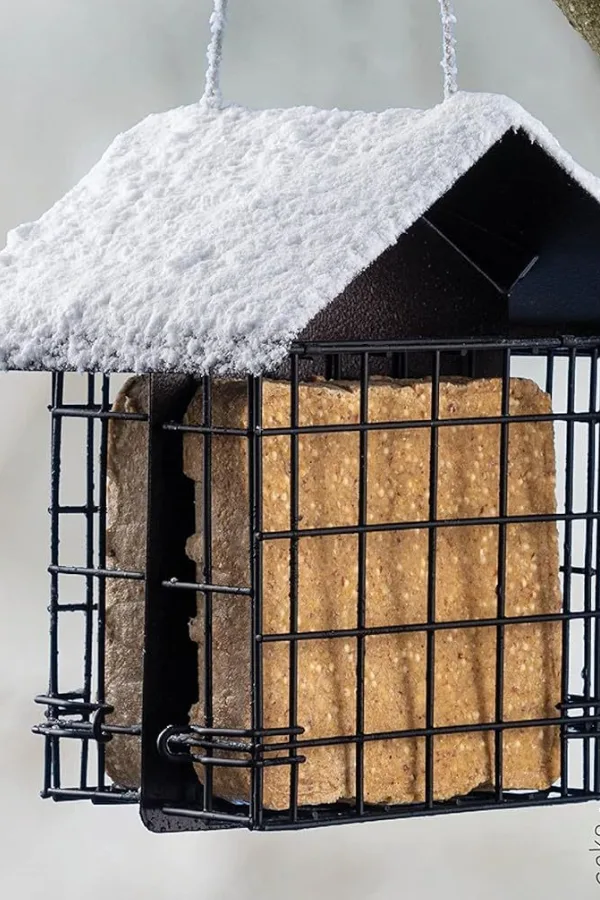If you are looking for a simple way to feed and watch birds this fall and winter in your backyard – making homemade bird suet is a great, inexpensive way to do it! Not only will it have all kinds of beautiful birds visiting your landscape, you will also be helping them survive with an incredible source of nutrient-filled food!
During the fall and winter months, it can be difficult for birds to find enough resources to sustain themselves. Unfortunately, most of their natural food sources dwindle during the barren, winter months. And yet, their bodies still need energy and a lot of calories in order to survive.
Most of the insects and bugs that birds feed on during the spring and summer months have left or have gone into hiding. And, many of the plants that provide birds with a steady supply of seeds, nuts, and berries have died or mowed down as well.
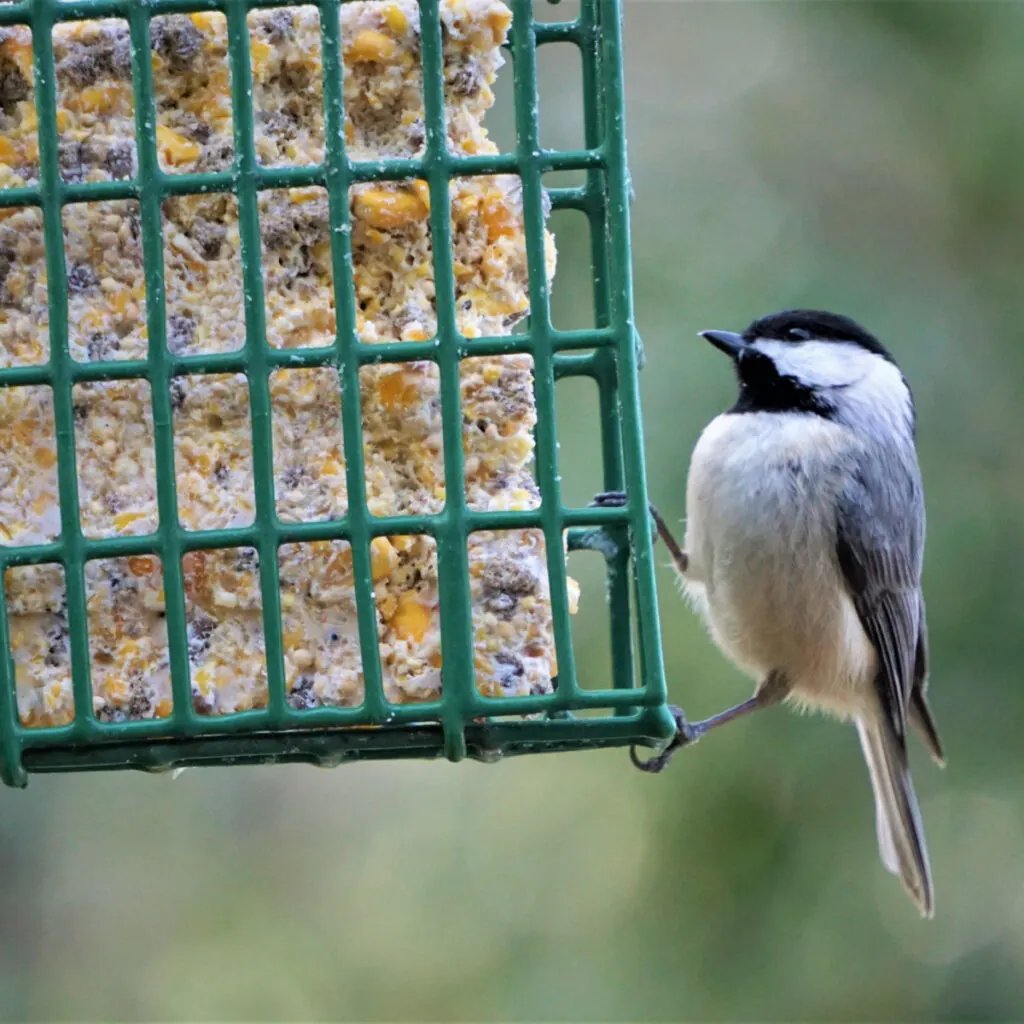
While you can go to your local big box stores and purchase bagged birdseed or molded suet cakes, making it right at home is a great alternative. Not only is it less expensive, but homemade suet is free from dyes and preservatives, providing an even healthier source of food for hungry birds.
So whether you are looking to save a little money, want a family-friendly project to tackle, or simply want to help out your feathered friends, here is a look at how to make your own homemade bird suet with ease!
What Is Suet? How To Make Homemade Bird Suet
So what is suet? In its pure form, suet is animal fat that has been rendered into shapes and blocks. Suet is most often made from beef fat, although you can use other types of fats as well to create it.
Suet is incredible as a food source. It is high in calories and a great meal for hungry birds, especially during the colder winter months. Suet is typically combined with seeds, nuts, fruits, and other bird-friendly treats. This not only helps to make it more appealing, but also more nutritionally dense for hungry birds.
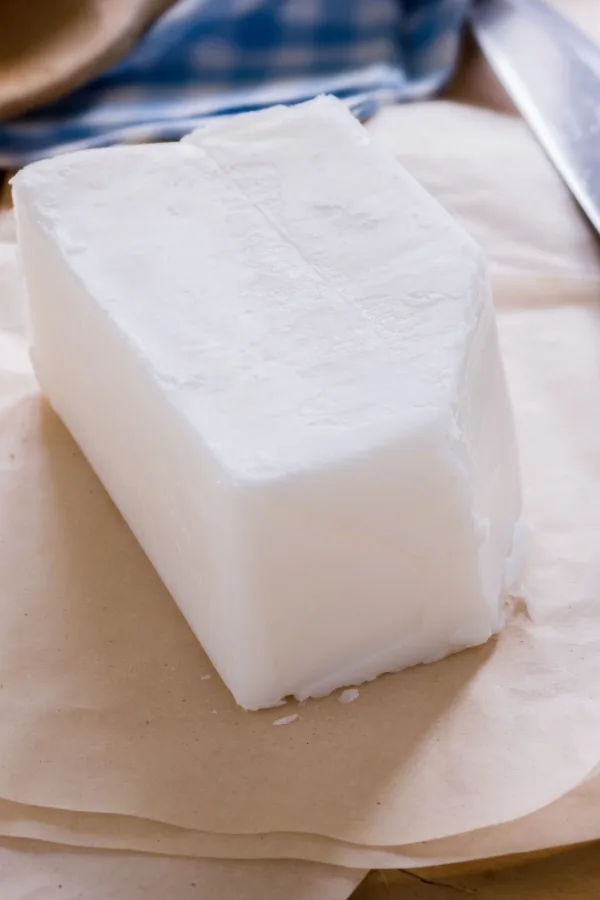
Not all bird species like suet, but there are many overwintering species that do. Species like cardinals, chickadees, jays, nuthatches, orioles, starlings, woodpeckers, and wrens all enjoy consuming suet treats.
One thing is for sure, suet really can help make a big difference in keeping a wide variety of birds healthy, strong, and most importantly, alive through the barren winter months. The high fat content is ideal for providing warmth. See: How To Help Birds Survive Winter
The good news is it’s easy to make. And it’s also simple to adjust individual suet recipes to attract specific bird species.
How To Make Homemade Bird Suet – Helping Birds Survive Winter!
Making Homemade Bird Suet
Bird suet is made up of a few simple ingredients that can all be found quite easily at your local grocery. Those ingredients include shortening or lard, crunchy peanut (or any nut) butter, oatmeal, cornmeal – and your choice of a few additional treats that can be anything from dried fruit to oats or birdseed.
The recipe below is a great all-purpose starter suet. From there, you can adjust ingredients based on what the birds feeding at your feeders like most.
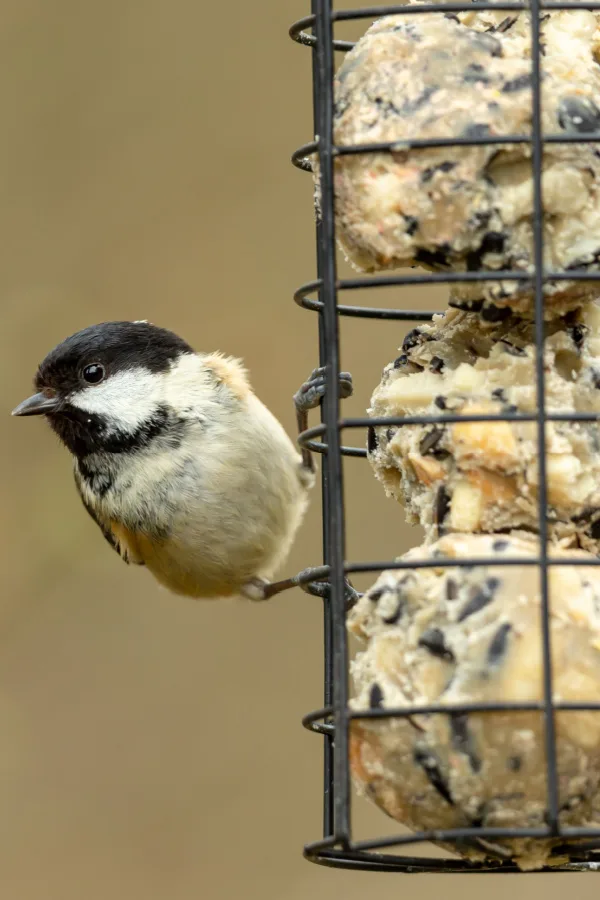
Bird Suet Recipe
- 1 cup rendered fat (animal fat, shortening, or lard)
- 1 cup crunchy peanut butter (or other nut butter)
- 2 cups oatmeal
- 1 cup cornmeal
- 1 to 2 cups of additional ingredients of your choice (birdseed, dried unsweetened fruit, unsalted nuts or seeds, cracked corn, oats, or mealworms)
The first step is to cut the fat into small pieces. This will help it melt more quickly and evenly. Place the pieces into a heavy saucepan and heat them over medium-low heat. Continue to stir until all of the fat melts completely and the mixture liquefies.
Do not let the mixture come to a boil or allow it to burn. Stirring frequently will help greatly in preventing this. If using animal fat, this is the time to sift out any large pieces of meat, bones or other tissue as it melts.
Next, remove the pan from the heat and pour the liquid through a cheesecloth or fine mesh strainer. This helps to remove any tiny contaminants from the liquid. Repeat as needed, reheating the mixture if it starts to solidify.
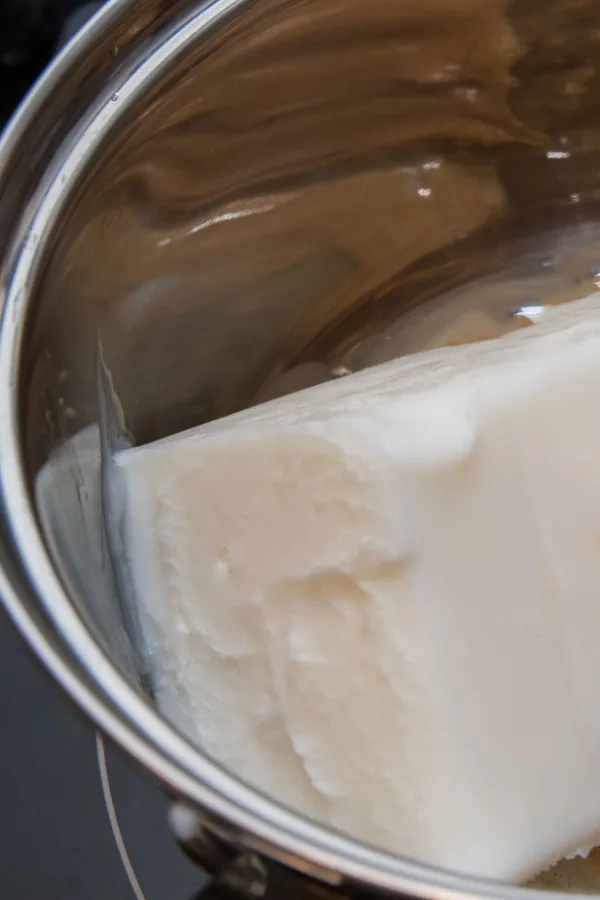
Once you have strained the melted fat, it’s time to mix all of the other ingredients together. This is done without heat. Start by mixing in the peanut butter and stir well. Then, add the remaining ingredients and mix thoroughly.
Creating Molds For Your Homemade Bird Suet
Now it’s time to put your suet mix into molds. You can use any type of small container as long as you can easily remove the solidified suet. You can also pour the mixture into a large container and then cut it into smaller pieces after it sets.
The real key when making suet molds is to make sure your molds or cut pieces will fit in whatever suet feeders you are using. (More on suet feeders in a moment)
Place your suet containers in the refrigerator or freezer to harden. Once the suet sets, remove the pieces from their molds and store them in freezer bags or containers with seals. The suet will last up to a year if kept in the freezer. You can then simply remove the amount you want to use as needed.
Using Homemade Bird Suet
You can find feeders made specifically for holding bird suet in stores or online. You can also be creative and make your own suet feeder.
Choose or make a feeder that has some sort of roof overhead. It’s also best to place the feeder in a location that is well protected from the elements. Keeping the bird suet out of the rain and snow will allow it to last much longer. (Affiliate Product Link: Suet Bird Feeder With Roof)
Other hungry animals like raccoons, mice and squirrels also enjoy homemade bird suet. For this reason, keep your feeders high off of the ground and use some type of baffles for additional protection.
Keeping Suet Safe – How To Make Homemade Bird Suet
Because suet is an animal byproduct, it will eventually mold, spoil and become rancid. Especially if it gets extremely warm outdoors. If temperatures rise above 70º Fahrenheit, the suet is more likely to melt or spoil more quickly.
With this in mind – it is best to use homemade suet only during the colder fall and winter months. Of course, this is when the birds most need the extra calories due to a lack of food sources and the cold temperatures.
It is best to use only a small amount of bird suet at a time. If you notice that the birds are landing on the feeder but then quickly leaving, check to see if the suet is spoiled and replace it with a new piece as needed.
Here is to making your own homemade bird suet – and to helping birds survive the long winter ahead!
Follow Our Facebook Page For Great Gardening Tips And Advice! This Is My Garden Facebook Page
This Is My Garden is a garden website created by gardeners, for gardeners. Jim and Mary Competti have been writing gardening, DIY and recipe articles and books and speaking for over 15 years from their 46 acre Ohio farm. They publish three articles every week, 52 weeks a year. Sign up today to follow via email, or follow along!

